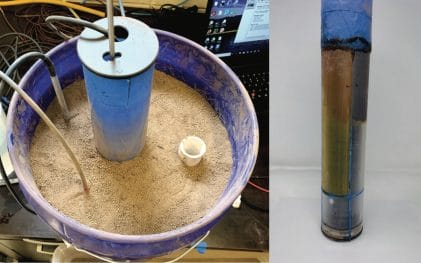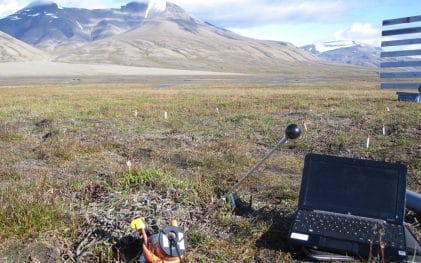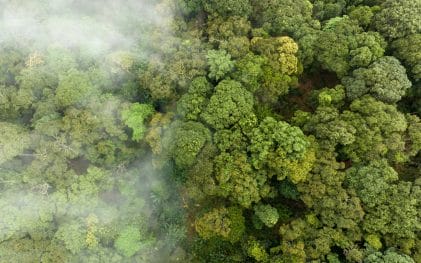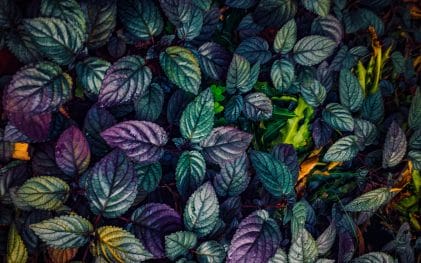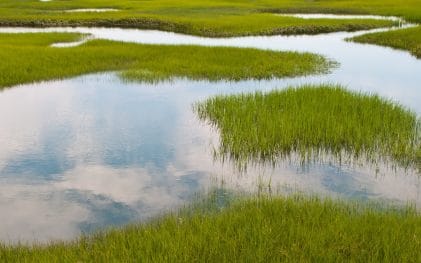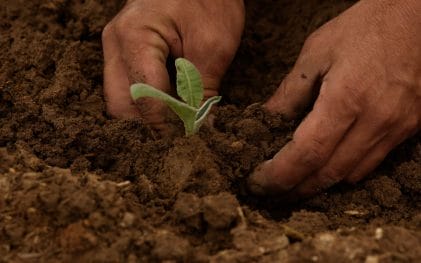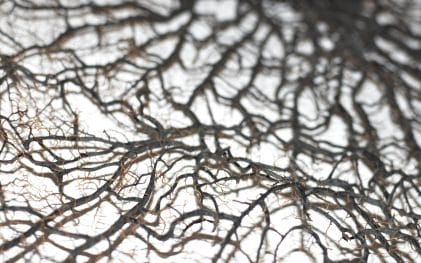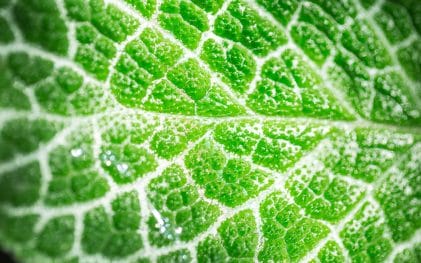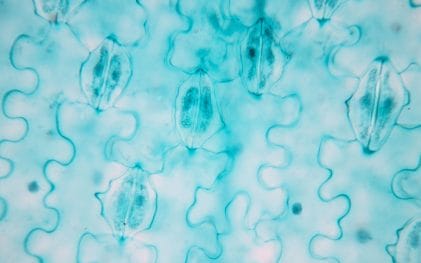Plant science articles

Watching Wetland Soils Change in Real Time: Auburn University’s Innovative Use of the CI-600 Rhizosphere Camera
Understanding how soils transition between oxidized and reduced states is essential for accurately classifying and protecting wetlands. Traditional techniques such as the Indicator of Reduction in Soils (IRIS) method provide valuable data. Still, they rely on periodic sampling and the destruction of multiple test tubes, limiting both temporal resolution and sustainability. Researchers at Auburn University… Continue reading…
CI-600 Root Imager vs. Soil Core + Lab Root Scanning: Which Is Faster and More Reliable?
Root research is one of the trickiest aspects of plant science. The hidden half of plants—buried in soil, intertwined with microbes and moisture—holds key insights into nutrient uptake, stress tolerance, and overall plant health. For decades, scientists have relied on soil coring and lab scanning to study roots, but the process is time-consuming and inherently… Continue reading…
How Does Elevated Carbon Dioxide Affect Leaf Area in Plants?
Leaf area increase is a consistent vegetation response to elevated carbon dioxide levels in the atmosphere. The increase in leaf area declines due to long-term exposure of vegetation to carbon dioxide. Various intrinsic and external factors moderate the increase in leaf area due to elevated carbon dioxide. Elevated carbon dioxide concentrations from anthropogenic sources are… Continue reading…
What is the Importance of Leaf Area Index?
Leaf area index (LAI) is a key vegetation parameter used in plant research. Global collections of LAI show that plantations have the highest LAI and deserts have the least LAI. Temperate forests have higher LAI than tropical forests. LAI is used to increase food security, support forest research and management, and track the effects of… Continue reading…
Root Structure and Function Gradients in Salt Marshes
Salt marshes are unique ecosystems characterized by micro-heterogeneity in elevation, soil, tidal inundation, salinity, and oxygen availability. In these extreme conditions, plants are adapted to each zone, so root traits also vary. Root biomass, density, tissue type, and size of roots are adapted for each of the three prominent zones in salt marshes. Salt marshes… Continue reading…
What Is Crop Coefficient and Is It Essential for Irrigation Efficiency?
To optimize irrigation without excessive water use, the actual water lost through crop evapotranspiration is replaced during watering. The crop coefficient provides information based on crop characteristics that can be used in models for indirect estimation of actual crop evapotranspiration. Crop coefficients are specific for crops, cultivars, regions, local climate, soil, and agricultural management practices.… Continue reading…
What Is Root System Architecture and Why Is It Vital for Growth?
The root system architecture (RSA) is dynamic and can change due to age, environmental conditions, and nutrient status within a species or plant. RSA plays a significant role in the underground basic plant functioning of anchorage and foraging for nutrients and water. RSA changes to respond to abiotic stresses in soil, like temperature, drought, salinity,… Continue reading…
How Do Organic Fertilizers and Photosynthetic Rate Work Together?
Most research findings show that organic fertilizers improve the crop’s photosynthetic rate. The improvement occurs through increased photosynthetic efficiency, increased leaf number and area, and enhanced leaf chlorophyll content. Organic fertilizers enhance the soil’s nutrient status to support better plant growth and health, which increases crop photosynthetic rate. In many cases, organic fertilizers were more… Continue reading…
What Are the Causes Behind Global Plant Transpiration Trends?
An increase in the rate of transpiration is observed over approximately 70% of the global land surface. The hike in transpiration over the past four decades is due to greener landscapes. The increase in greenery is attributed to a higher Leaf Area Index, driven by carbon fertilization and higher global temperatures. Lower stomatal conductance, due… Continue reading…
What is Root Architecture?
The root system architecture is defined using root morphological, topological, and geometric parameters. Two classification systems developed by Yen et al. (1987) and Fitter et al. (1991) are widely used. Several other classifications for root architecture also exist. Root system forms vary between and within species and are based on the plant’s soil conditions at… Continue reading…
